Your daily dose of Product Management Goodness
Want to know more?
We would love to hear your questions and suggestions for topics you would like to see covered in our future blog posts, so don't be shy and get in touch!

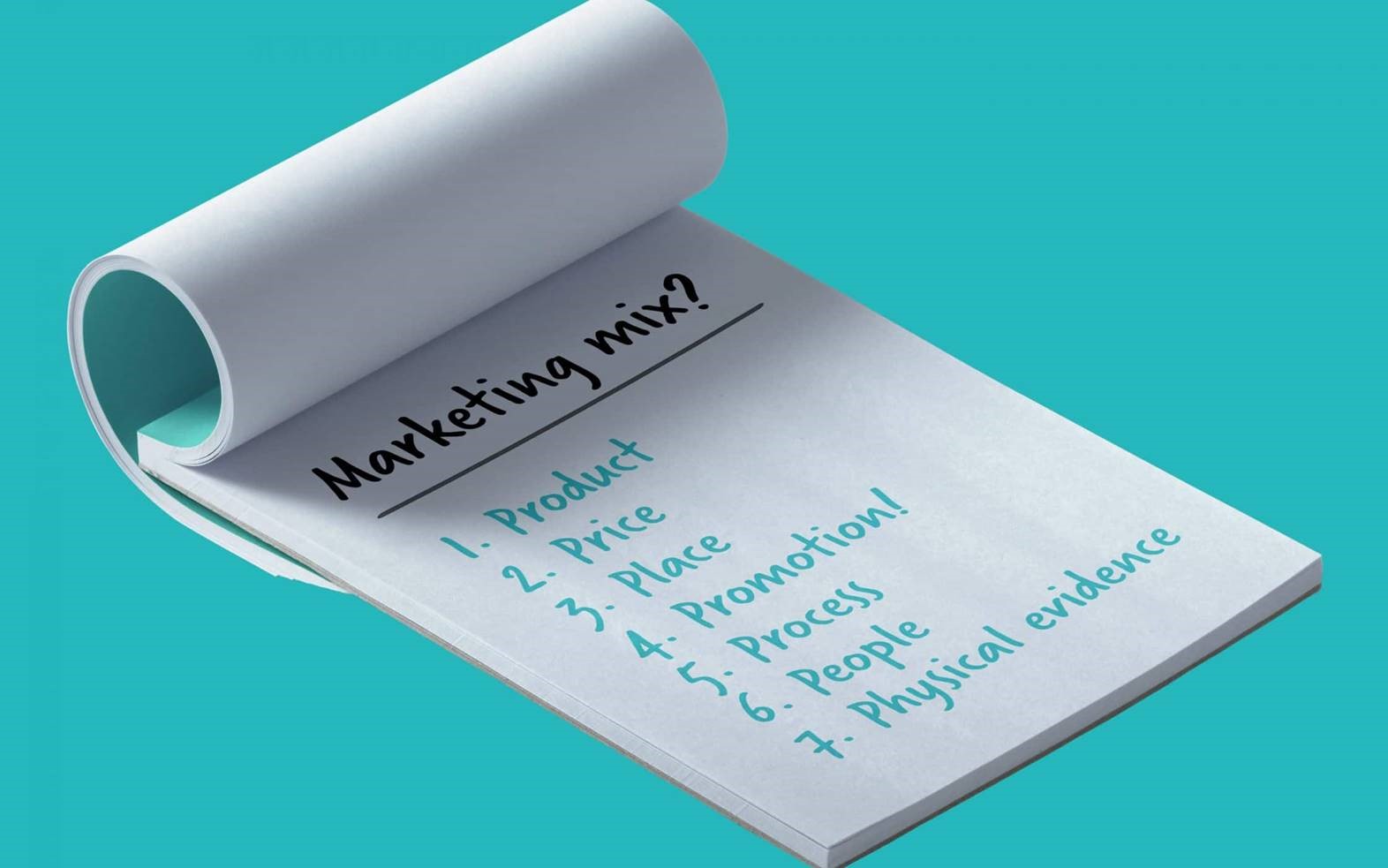
Beating commoditization
Many Product Managers struggle with a ‘me too’– they believe that their product has no discernible point of difference, so price is the only point they can win on. It’s true that commonization at a feature level is a fact of life for some teams, but that does not mean price is the only difference left. Think about your own purchasing experience – product is important, but so is service, brand, availability, etc. The point is, people buy and use products for a range of factors and Product Managers should try and find points of difference across that range. Here’s our tip, step through the 7 P’s of marketing and for each one try and identify a USP – you might find that your commoditized product is in fact a proposition with clear points of difference when you look though this lens.
read more

Minimal Viable Product
We’re all familiar with the Minimal Viable Product concept. Granted, it gets misused, but the idea of finding a point of initial traction with a product and iterating from there is attractive. So how does this work with things like platform upgrades? It’s a common issue; development have spent months building a new platform, it promises great things in the future, but currently it does not have every single feature of the outgoing product. When sales try and sell it they hit many brick walls. The key problem is that lifecyle management is missed – the team try and promote their new solution to every customer when in truth only a small number of innovators will be willing to move. The trick is to find those who benefit most from the upgrade and use them as a reference to the rest of the market. For example, if you’ve moved from enterprise to cloud, your innovators are likely to have more issues around on-premise hardware – use that to open the door, build references and cross the chasm. Think of it as a steady transition through the adoption curve rather than a big bang and you’ll be closer to reality.
read more
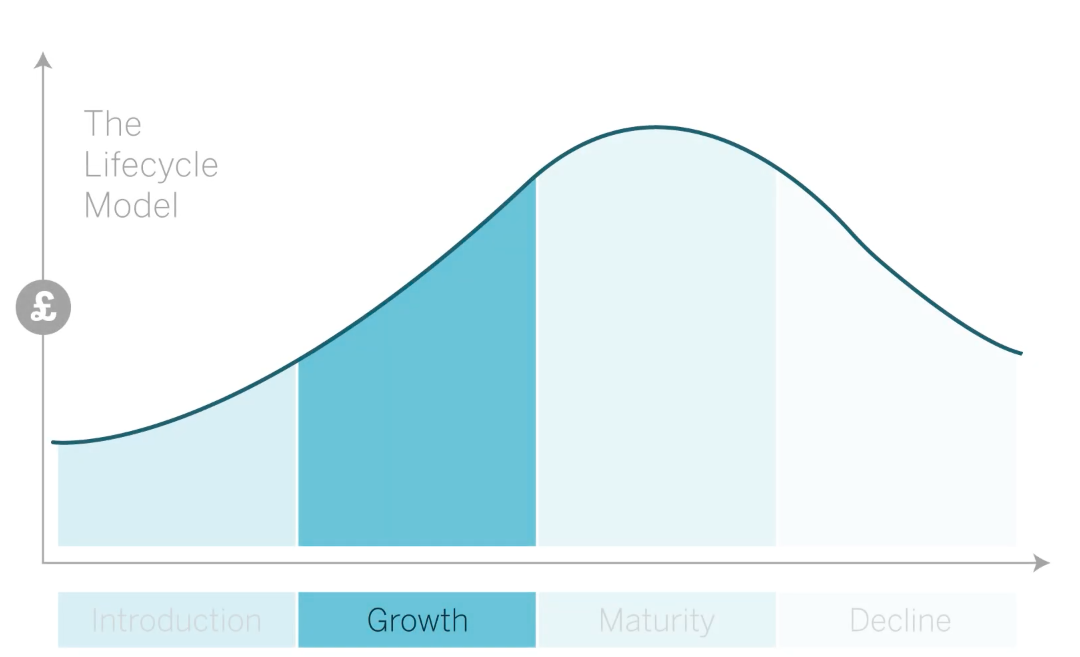
Growth – Who’s job is it?
Growth is something we are all familiar with. But are we fully aware of where the responsibility of growth lies?
We all get set our own targets to hit, but growth is more than just a target. Being able to produce the capability of growth, and with that – large scale growth, is a different thing entirely. Growth has become a fundamental of the product itself and therefore a lot of the responsibility lies with the product manager.
So, where does growth start? First, it’s important to note that as a product manager, growth starts with the vision - How big are you looking at the opportunity you’ve identified? You will not be able to influence growth if you aren’t planning for growth.
Planning growth cannot happen if you, as a product manager, don’t have a deep understanding of your product! With a clear and deep understanding of your product, it is possible to coherently communicate concise points of value to the customer.
Ultimately, the goal is to manage the communication of the product so that target customers move to a point of curiosity and interest as quickly as possible… within seconds of seeing your product!
As product managers, we are pulling on the strings of influence as oppose to directing this process first hand!
read more
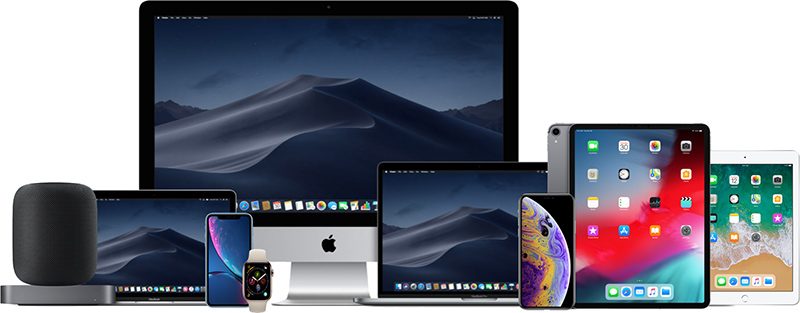
Are Apple Pro?
Apple are very good at using marginal gains each product release to maintain a point of difference over the competitor. Once you include Apple ID, iTunes, Apple music and iCloud, it becomes a whole infrastructure that surrounds their products. A slightly different approach to retaining a customer base.
Apple becomes part of your lifestyle, which makes it more difficult to change over to a different brand later on. Being aware of this helps us to realise that each product release has become more iterative as appose to innovative, in recent years. In fact, some changes caused more pain for the consumer than good. Take the headphone jack, or lack off, as an example.
This wasn’t always the case for Apple – Their Pro systems and phones were innovations that changed workflow for photo, video and music editing, amongst plenty more professional application that required a lot of computing power!
From a customer perspective you might be scared off to other brands when considering the cost of being an Apple user today. This may explain how Samsung and Huawei are selling more smart phones than Apple, by a considerable margin.
But Apple are getting something right, even with a lack of market share they are pulling in dominant revenue figures!
read more

Testing Process
Samsung have some serious work to do to fix ‘foldgate’ – the new foldable handset that seems remarkably easy to break in the hands of the media who have versions ahead of release date.
The launch has been delayed, but some warm words from Samsung won’t fix this – would you put $2000 of your money into one when Samsung says “we’ve fixed the issue” in a few weeks time? Thought not. A sceptical market will need many proof points before they’ll be willing to spend. And the impact will be felt outside Samsung. They were in a race to beat Motorola, Huawei and others with a foldable device. Samsung have made the chasm bigger for everyone to cross.
The one Product Management lesson I take from this is the testing process. Samsung proudly released videos of the fold being stress tested by robots. The problem is this; robots are not people, and people treat your product in ways you didn’t expect. I would always recommend the use of external test labs where people who don’t live and breathe your product get to show you how it works in the real world.
read more

Presenting to your peers Pt.2
4. Start Strongly you have 3 minutes to impress
The first three minutes, as when you first meet someone, is so important to a presentation. Make eye contact and smile, make sure the first 3 minutes of the presentation holds the stakeholder’s attention. Make them laugh!
Think of a story that is relevant at the start of the presentation which will hold the audience
5. Don’t use the presentation as a script
Don’t bore the audience with ‘Death by PowerPoint’. By all means use the presentation as a reminder but do this in as fewer words as possible and use images if you can.
You want your stakeholders to listen to you, not be deciphering what the slides are saying
6. Tell stories
The best presenters are raconteurs, who can tell a story about the subject and keep an audience’s attention. We all relate to stories, we also remember things better through stories.
Make your story funny and about you
7. Relax and enjoy
Many people find it hard to relax and enjoy a presentation, but your body language and the speed you speak will have a major effect on the stakeholder’s perception, if you know your subject and if you can get a message across. Breath, and slow your delivery of the presentation down.
Remember you know more about your solution than they do.
read more

Presenting to your peers Pt.1
The ability to communicate well is an important skill for any Product Manager. This means, among other things, that you should be able to present about your solution fluently and to different stakeholders, who will require different levels of information.
A persuasive presentation not only requires thorough preparation of content, but also good style. For this purpose, here are some tips to offer guidance and help you on the way to delivering a memorable presentation.
1. Show your Passion and Connect with your Audience
But time and again, the great presenters say that the most important thing is to connect with your audience, and the best way to do this is to let passion for your solution shine through.
Be enthusiastic and honest, and the audience will respond.
2. Focus on your Stakeholders Needs
As you prepare the presentation, you always need to bear in mind what your stakeholders need and what they want to know, not what you can tell them.
Don’t show your homework, just because it makes you feel good
3. Keep it Simple: Concentrate on your Core Message
You should be able to communicate that key message very succinctly.
Always have in mind what are the core three points I want to get across?
read more
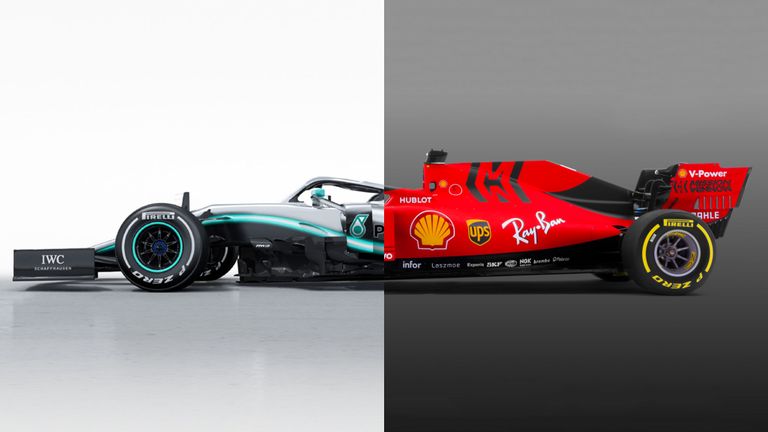
Strategy
Beating the competition with Strategy
Strategy is at the core of delivering a solution effectively. For Product Mangers, it is absolutely vital that they become acquainted with strategic thinking in order to plan for the future and always be that one step ahead of the competition.
Strategy can come into play in many areas.
- How have you set your team up?
- What methods are in place to communicate with transparency?
- What does the future of your product look like?
- How do you plan to attain your product vision?
All of these points relate to strategic thinking and could be the difference between 1st and 2nd place.
For example - Take the Formula 1 season so far, three races in and Mercedes have done what was only last done by the Williams team in 1992. Starting the season with 3 back-to-back 1-2 finishes. Dominating the points table.
BUT!
They haven't been as dominant as the points might suggest, with the Ferrari pace causing them issues. So, how have they got themselves into such a strong position so early on?
Strategy!
In practice, in qualifying and in race. They have executed strategy throughout the entire team so coherently and effectively that, so far, they haven't made a mistake and capitalised on other’s issues!
It pays to be ahead with strategy!
read more
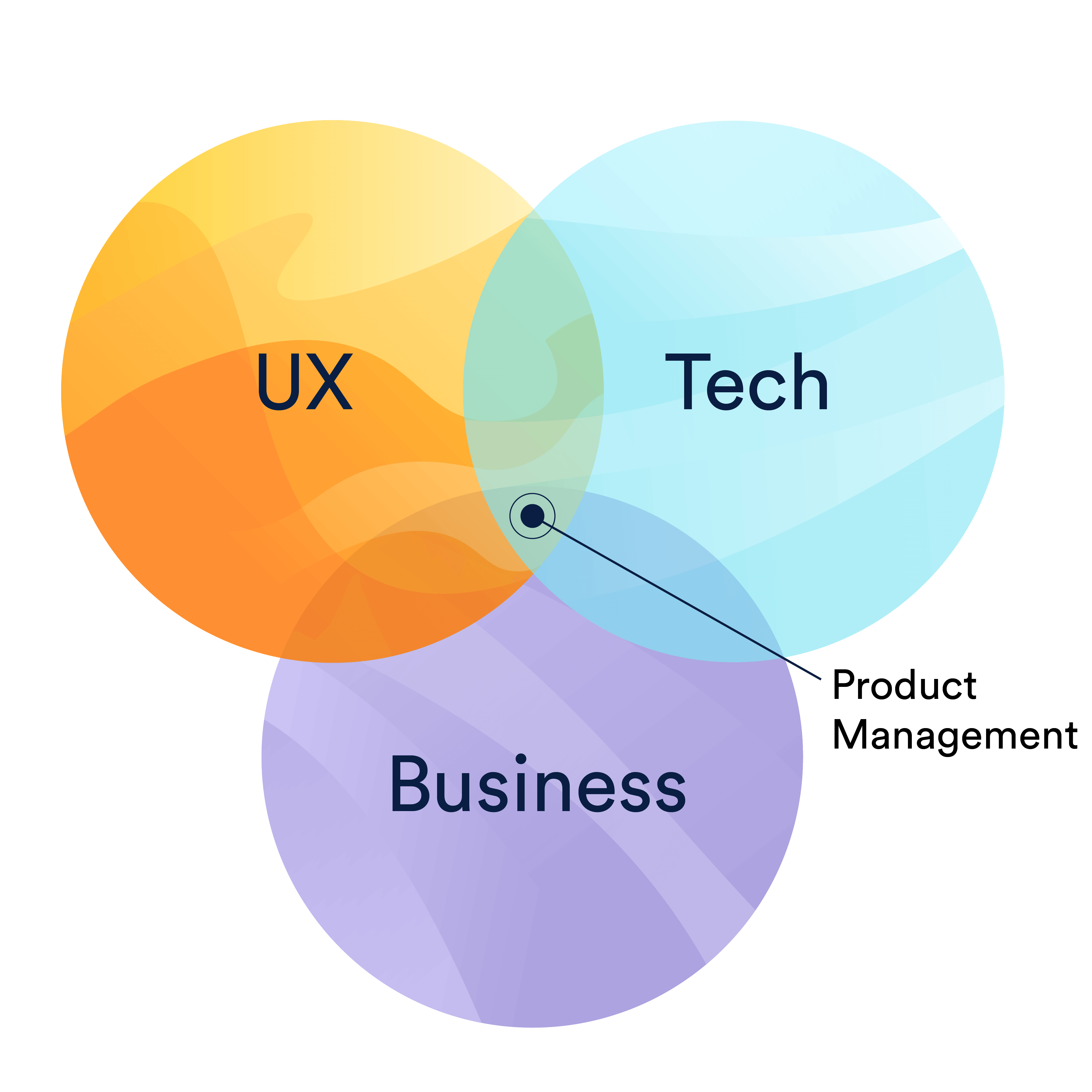
Part 2
Getting Product culture right in your organisation Part 2.
The Product Manager is the person responsible for defining the Why? When and What? of the product that the engineering team builds. It is an important organisational role that:
- Sets the vision and strategy for the business solutions
- Communicates the roadmap
- Defines the feature definition for a product or product line.
- The position may also include marketing, forecasting, and profit and loss (P&L) responsibilities. In many ways, the role of a Product Manager is similar in concept to being a CEO of a solution.
Product Managers provide the deep product expertise needed to lead the organisation and make strategic product decisions. They analyse market and competitive conditions, laying out a product vision that is differentiated and delivers unique value based on customer needs. The role spans many activities from strategic to tactical and provides important cross-functional leadership most notably between engineering, marketing, sales, and support teams.
The help in transparent cross-team communication means that everyone in the company is working towards the same goal and product messages don’t get diluted or misrepresented, it’s this accuracy in communicating that helps drive product success!!
read more
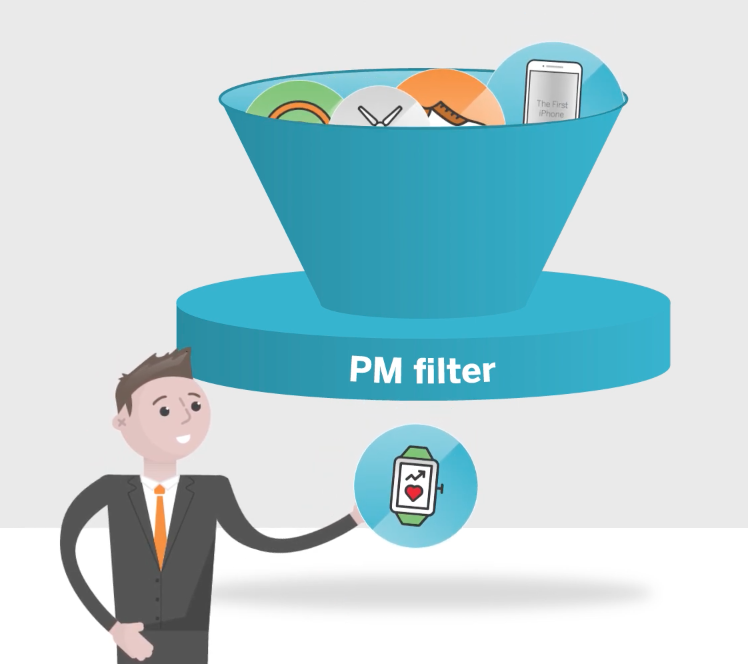
Part 1
Getting product culture in your organisation part 1.
Through the many years of working with different companies, it is amazing how many people say the product sells itself. Yet the truth in many cases is:
- The solution has cost far more than it had to, because they didn’t truly understand their market needs, so compensated by building everything a customer wants.
- Had no control on costs and this means no control on profit.
- The price normally was too low, as no understanding of the competition or value.
- The product was not used to its full potential, so customers didn’t understand the true benefit.
- The business doesn’t understand the value of the solution, so direction of where the business is going is organic, with no true vision.
If you see truth in the above then maybe your organisation isn’t quite hitting the mark in getting product culture right and therefore product management, and the organisation could benefit massively by making some small changes to this.
This is where Product Managers are able to add value to a company, driving the commercial success of a product and leading the cross functional teams to deliver a solution that meets the needs of customers and drives the greatest growth for the business.
read more

Importance of persona’s Part 2
The importance of persona’s Part 2
The Benefits of Persona Development
If you don’t think Personas are worth the trouble, think again. Benefits include:
· Personas give stakeholders an opportunity to discuss critical features of a redesign: Using Personas to walk stakeholders through common interactions unveils frustrations and pain-points that will help clarify actual user priorities over the stakeholder’s personal wish list.
· They help team members share a consistent understanding of the user group: Personas take data and make the stories more compelling and fun, thus making them easier to remember and consider when the team is working towards a solution – together.
· Personas help designers develop informed wireframes and site architecture: Since Personas focus on the needs of the users, the team can walk through scenarios and determine optimal placement of content to specifically support the goal of the product. This is vital to the success of a website or application and could save a lot of time, effort and money!
· Personas provide a “face” to the user story, creating more empathy and understanding about the person using
the product: This prevents designers and developers from applying their own mental models to the product design which may not align with actual user needs.
read more
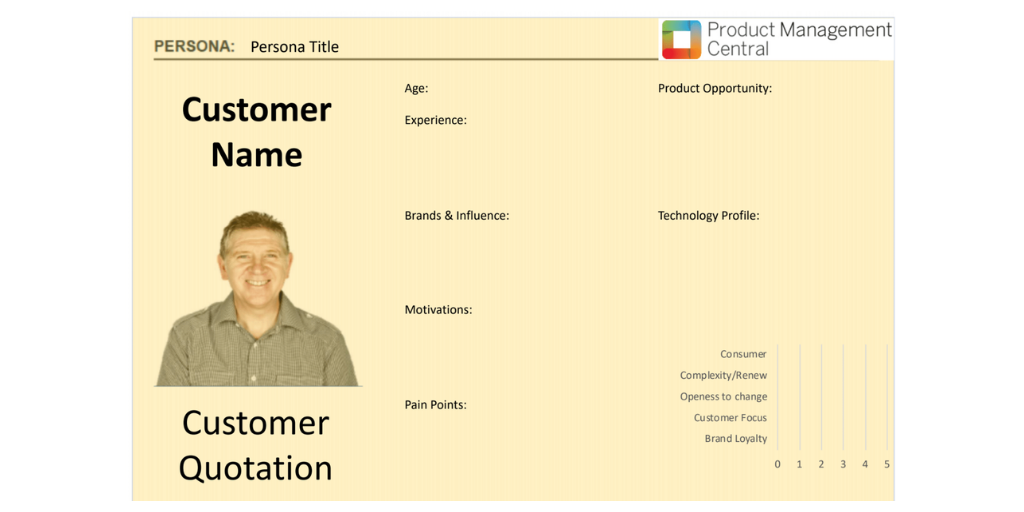
Importance of Personas Part 1
The importance of Personas Part 1
A “Persona” is a fictional representation of an actual user and is applied in the early stages of product development or product redesign. Personas are vital to the success of a product because they drive design decisions by taking common user needs and bringing them to the forefront of planning before design has actually started. Personas provide the team with a shared understanding of users in terms of goals and capabilities.
We use a persona map to efficiently store all of the information of our personas. The canvas is split into sections – Give your persona a name and fill out their background information i.e. age, occupation. Try to include as much background information as possible! Then we have to get into the minds of the persona and generate as much detail as we can about; how they think and feel, the environments they are exposed to, what they hear and what they see.
Collecting Data to Make Persona’s
Because Personas are fictional representations of actual users, they’ll only work if you fully understand who your users are – or will be. The more information you have, the better. Generally, 4-7 Personas (whittled down from several user groups) are sufficient to capture and document a majority of user requirements.
read more

better product communicators
Leaders of Product Management often ask how to get their team to be better product communicators - to be able to get their message across well. My response is to ask one simple question “When did you last ask the team about value propositions?”. Here are some simple tips to drive better product communications:
1. Be value proposition obsessed
Test the team regularly by getting them to present the following:
• Elevator pitch
• Five minute overview
• Product vision
• Value proposition
• Objection handling
2. Measure communications effectiveness
• E.g. does the sales team know the message
3. Coach on multi-channel delivery
• Face to face
• Audio
• Video
• Written
read more

Think more strategically
Leaders of Product Management are often concerned that their team are all tactics and no strategy. The question asked is “How do I make product managers more strategy focused”. The answer often lies with the manager – teams focus on what they’re measured, rewarded and questioned on.
So if you want your team to think more strategically here are some simple tips:
1. Set an objective for building a vision – if they have it as an objective, it’s more likely to happen
2. Talk strategy – if you only ever talk to your team about short term, urgent issues, they’ll only focus on the short term.
3. Coach on urgent vs important – help them understand how to manage workload and recognise that we must take care of our products today (urgent) be we cannot forget about the future and must have an eye on where to go next (important)
4. Test strategy – a quarterly review keeps the team focused
read more

NFR’s
Make NFR’s one of the first things you understand?
In Systems engineering and Requirements engineering, a non-functional requirement is a requirement that specifies criteria that can be used to judge the operation of a system, rather than specific behaviours. For example: Scalability, Accessibility, Capacity. However, it should be about more than this in a SaaS world!
From an Architecture perspective, you need to get this right or you will have heavy costs fixing issues in the future. More importantly you should be setting out what your expectations of the overall customer experience looks like.
When thinking of your NFR’s, think about the experience you want your customers to have and draw out all these journeys, so that every area of the business is aware of their responsibility. Just some questions to ask are:
- Are we going to offer free trials? If so, how are we going to support them? What do we need from development, sales, pre-sales, marketing?
- What is the work flow for customers to purchase? Do we have Account Managers selling? Are we expecting customers to purchase from a portal?
- Are we going to do all training online? Do we have partners who need to train the software? Who across the business needs to be involved?
- How are we going to support our customers, once they are trained and on-board?
read more

What Makes a Good PM
How do you identify a good Product Manager?
I'm constantly asked what makes a great Product Manager. In my experience, a strong Product Manager is the CEO of their solution and gets involved in all aspects from inception to launch, and then in-life management. Due to this I am a strong believer in ‘Hire for attitude, train for skill’. If someone has the right behaviours, then you can teach them the skills to be a great product manager.
My approach to interviewing is firstly to understand their personality, so :
1) Can they fit into the team dynamic? (disruption of the ‘status quo’ to strengthen is ok as well)
2) What does their personality bring to the team that is currently missing?
3) Do I think they can work within a team, yet be focused enough to work on their own and drive the solutions that they will be managing?
4) Are they tenacious and can they prove this?
5) Have they got the right social skills to be able to work with a number of disciplines around the company?
6) Are they someone that thrives on ownership and responsibility?
An initial 1-2-1 personal interview approach allows the candidate to understand if the company is the right fit for them. They get to know my expectations and the companies.
read more
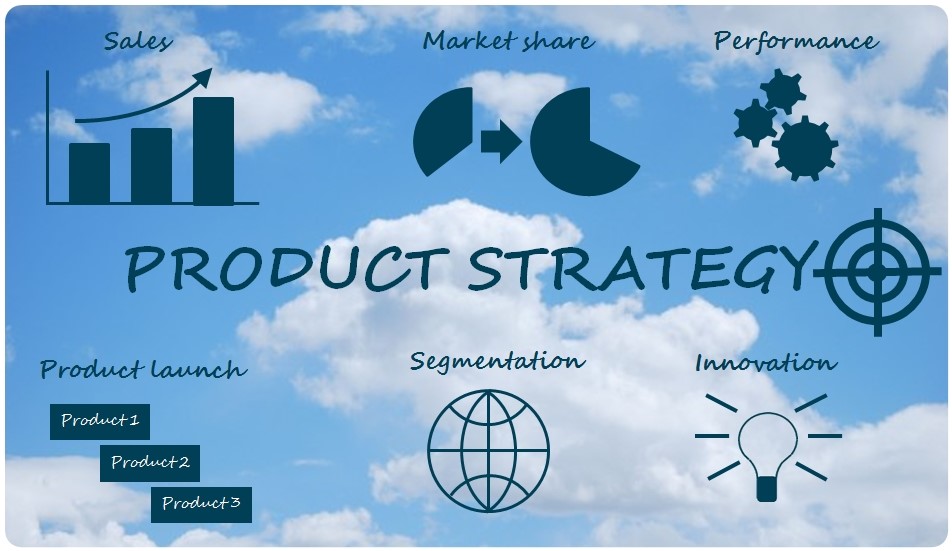
Product Strategy
I have worked with many CEO’s who say the trouble with strategising is they don’t see any action! People can procrastinate around strategy and in many cases, boards are reluctant to spend money, if there are any questions unanswered, or like Donald Rumsfeld said, “known unknowns”.
However, like a lot of situations in business, what is the right amount of information to make a decision? You cannot know everything at the beginning and like the rest of the product process you will continue to iterate the strategy as you have more information and realign.
A strategy lays out a plan on how that goal will be achieved. Without a product strategy, product execution is often haphazard, moving from one crisis to the next or from one deal to the next, as you will be redirected by the different priorities of your internal stakeholders.
If you do not own the strategy, communicate it and get buy-in from all your stakeholders, everyone else will set a strategy in their heads and start to communicate it, it will become hard to own the direction of your solution(s). This doesn’t mean you shouldn’t be listening to all stakeholders, but you need to own the strategy and direction of your solution.
Remember you are the CEO of your Products!
read more

Usage Analytics
Why do people forget usage analytics?
According to McKinsey, if a software company grows at only 20%, it has a 92% chance of ceasing to exist within a few years.
This means that software companies - particularly SaaS companies - must look at every advantage possible to stay alive in an ever-competitive market, remember it is the small margins that can be the deciding factor as to how successful you are.
Customer analytics can be just one way that gives you that competitive edge. Whether it is measuring retention, product usage, or on-boarding, SaaS businesses must have comprehensive data collection and usage analytics, thus enabling them to make agile decisions as to the priorities and direction of their overall solution.
When starting a project, make sure that usage analytics are part of the initial NFR’s think about, what information do you want to understand and act upon. Ask your stakeholders what information would they find useful to support their business area and so they can offer the best service they possibly can. Ensure the Architect and development lead build in these analytics from the beginning, as you want the feedback at every opportunity.
read more
Check out the Archive